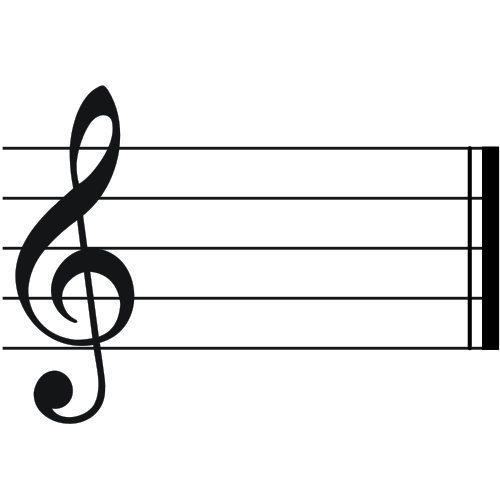Sunset Piano Opus 2
I stumbled upon a neat art installation/performance project this morning called "Sunset Piano Opus 2." Mauro Ffortissimo is the artist behind the project to place twelve pianos along the San Mateo coast in Northern California for public performing. Dean Mermell is filming a documentary about the event that should be finished by December 2013.
From their Kickstarter page:
In early July, Mauro is planning to deploy twelve pianos at select locations along the beautiful San Mateo coastline. Anyone can come and play a piano by the sea, anytime. He's inviting some incredible bay area musicians to join him in bringing attention to the fragile state of the world's oceans, as well as the near extinction of the "personal" piano. Piano manufacturing has dwindled, and the neglect of acoustic pianos has caused thousands of them to end up in landfills. The "Twelve Pianos" project will focus the spotlight on two species with uncertain futures.
It occurred to me that Ffortissimo and Mermell do not directly address the environmental impact that this project may have on the coastline. However, the chosen spots seem to be in places where the public is already welcome and they profess that they are, "committed to doing everything in a totally environmentally responsible manner and to leave no trace." It looks like a neat project - I wish I lived closer so that I could participate.
-via Laughing Squid
